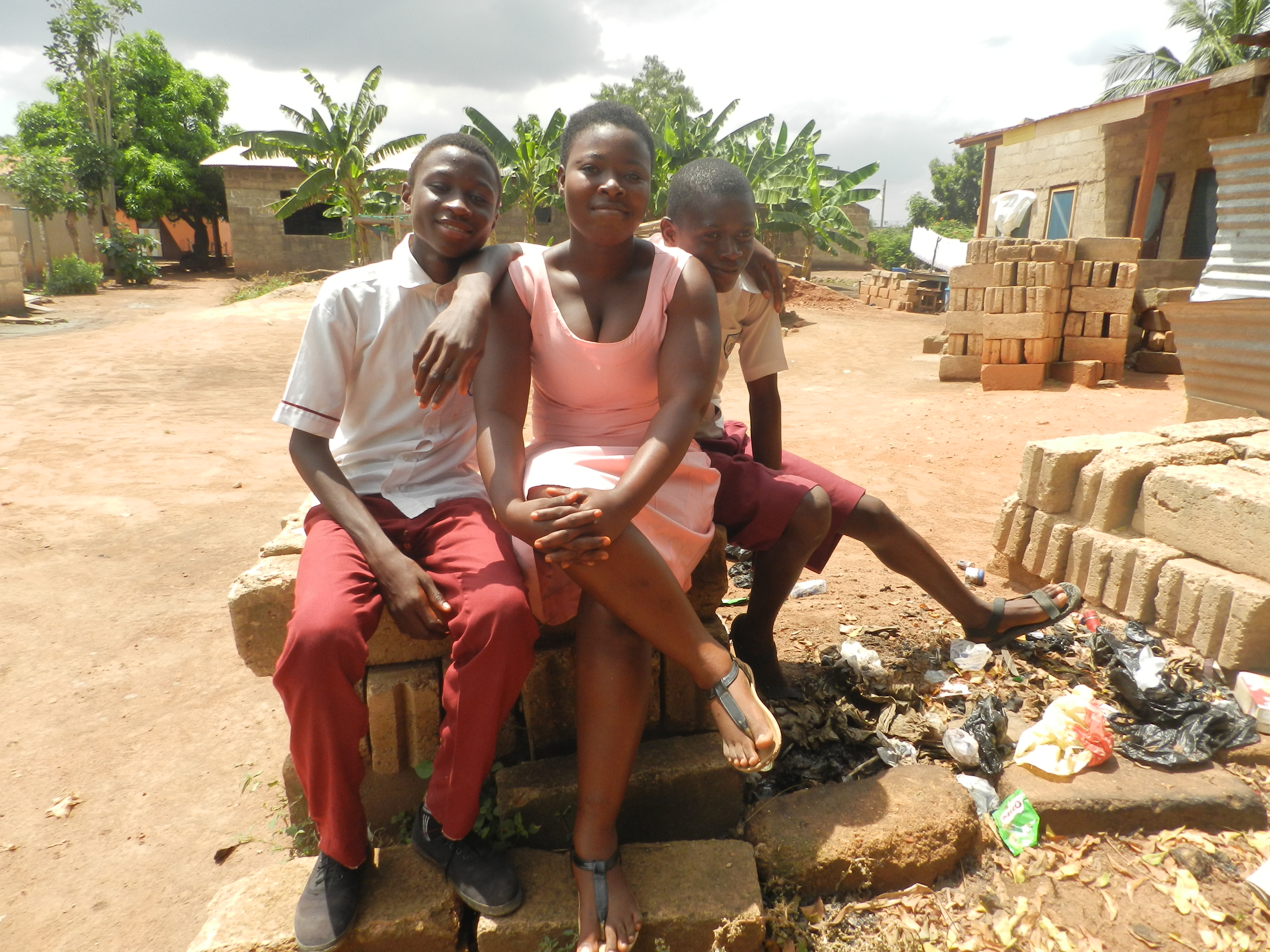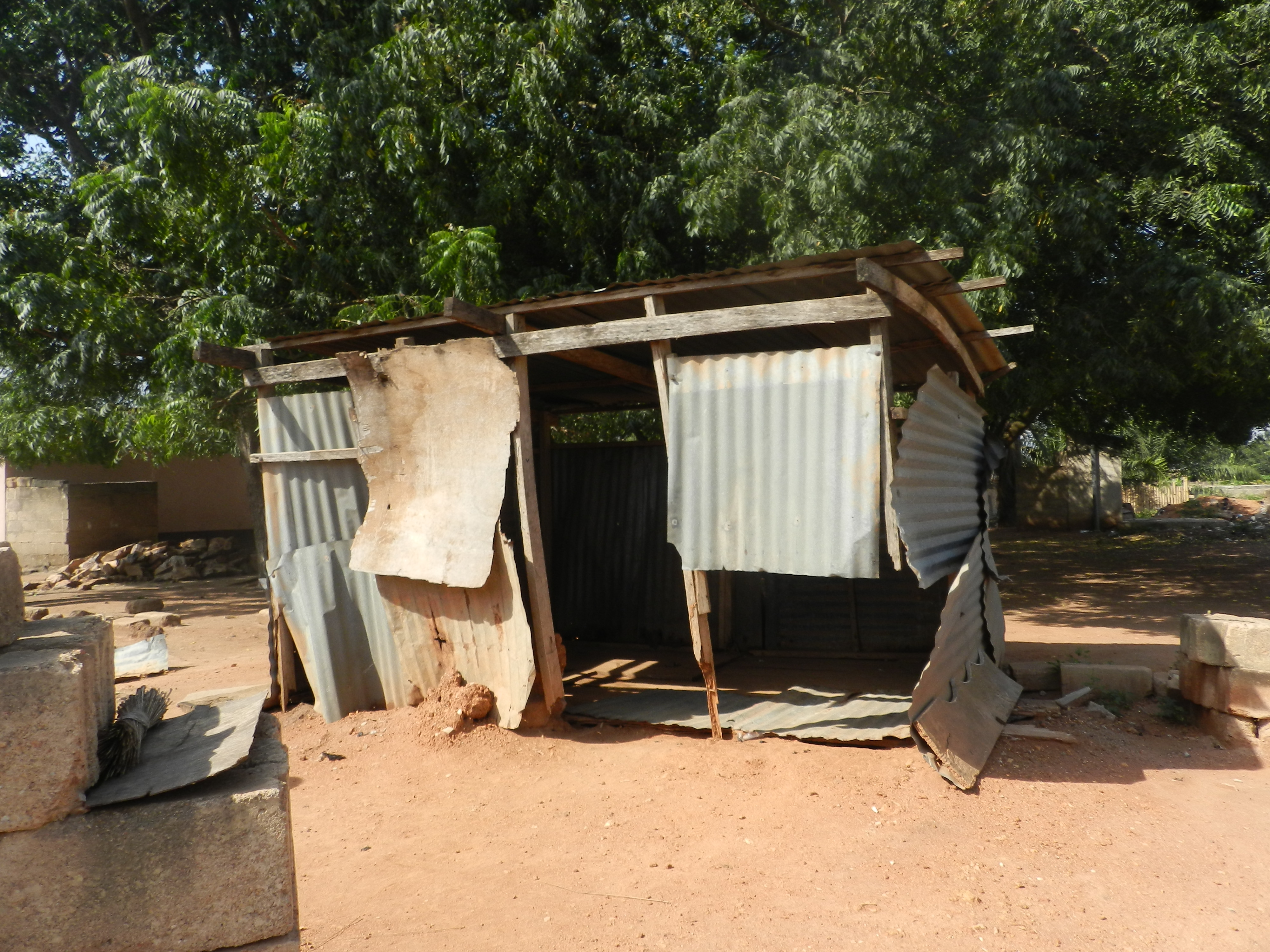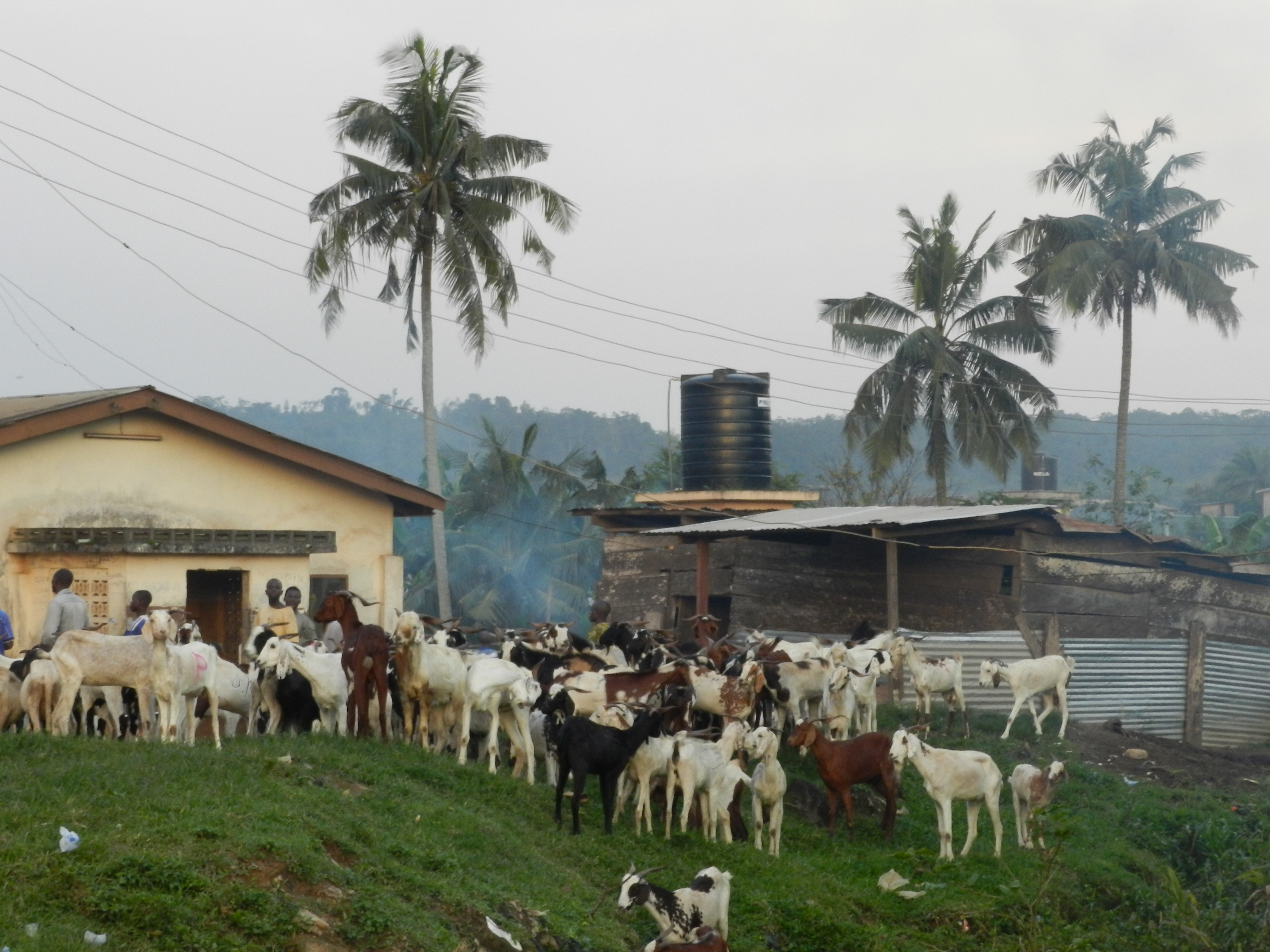There’s a hopeful side to poverty that deserves telling. It’s a perspective I personally find overwhelmingly challenging, yet it’s an attitude my students possess innately. They are optimistic in the face of difficulty, innovative when experiencing lack. They are resilient, adaptable, and undeterred by their circumstances. They see potential when I see poverty and I think this is the first clue to changing our mentality about the developing world.

Hope makes me uncomfortable. I struggle to see the beauty amidst the trash and dilapidated cement. When I witness extreme suffering and breathe in air pregnant with pollution, hope seems foolish. I wrestle daily with the tension between despair and joy; I practice turning a blind eye to stave off tears, and other times force myself to absorb the stark reality before me.
Unfortunately, we’ve come to adopt an attitude of negative realism. In the face of corruption and war, in a world where injustice and inequality prevail, optimism seems misguided. “It sucks, but that’s just the way it is. There will always be poor people, some will always have more than others,” we say and wash our hands of any responsibility. We laugh at those who use words like “revolution” and patronize anyone who suggests social equality. Hope is for the ignorant.
We feel bad for the way things are, but fail to progress beyond our pity. It’s easier to let poverty porn play with our emotions rather than engaging our intellect, safer to respond with our pocketbooks than our time.
The danger of pity is that it actually hinders mutual respect and places us in a position of power and authority instead of equality. It leads us to make untrue presumptions, to tackle the wrong problems, to help in ways that aren’t needed. It breeds paternalism and replaces dignity.It reinforces the belief that “you can’t do this for yourself, so here, let me do it for you.” It confuses lack of resources for lack of intelligence.

Thankfully, my students refuse to accept this mentality of negative realism. Their young minds and hearts understand the necessity of hope and they cling to it tenaciously, unwavering.
As part of a fundraising project, I’ve asked them to to photograph and write about both the positive and negative aspects of their school. I’ve asked them to try and represent both sides to offer a more complete picture for those who might be interested in their story. The result is often heartwarming and surprising. One of my students wrote, “People outside other schools laugh at us because our buildings are not completed…(but) we have good teachers and a very respectful student. We are also well educated.” Another student described her school this way, “Our school is not perfect, yet it feels like home to us.”

The conditions in which they’re asked to learn are beyond challenging. Yet they possess a determination for confidence and hope in spite of their impoverished surroundings. This propensity for joy in the midst of lack is inspiring and motivating. I see the way their eyes sparkle with desire for a better future and their enthusiasm is contagious. I believe in them because they believe in themselves, and I’m learning to take their lead.
All of the photos of the school and students are taken by the students themselves as part of their photography project. To read more about what I’m doing in Ghana, check out “A Day in the Life” as I describe my experience volunteering with TANF and working with students at the local school.




No Comments